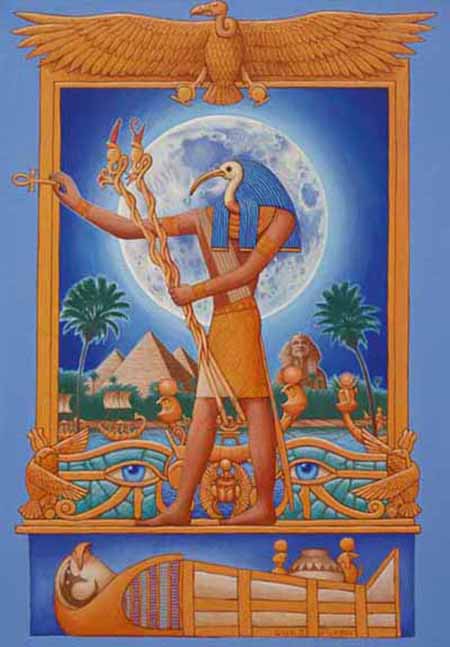
Reuters - September 24, 2019
Ancient Mexicans and Egyptians who never met and lived centuries and thousands of miles apart both worshiped feathered-serpent deities, built pyramids and developed a 365-day calendar, a new exhibition shows. Billed as the world's largest temporary archeological showcase, Mexican archeologists have brought treasures from ancient Egypt to display alongside the great indigenous civilizations of Mexico for the first time.
The exhibition, which boasts a five-tonne, 3,000-year-old sculpture of Egyptian pharaoh Ramses II and stone carvings from Mexican pyramid Chichen Itza, aims to show many of the similarities of two complex worlds both conquered by Europeans in invasions 1,500 years apart. "There are huge cultural parallels between ancient Egypt and Mexico in religion, astronomy, architecture and the arts. They deserve to be appreciated together," said exhibition organizer Gina Ulloa, who spent almost three years preparing the 35,520 square-feet (3,300 meter-square) display.
The exhibition, which opened at the weekend in the northern Mexican city of Monterrey, shows how Mexican civilizations worshiped the feathered snake god Quetzalcoatl from about 1,200 BC to 1521, when the Spanish conquered the Aztecs.
From 3,000 BC onward Egyptians often portrayed their gods, including the Goddess of the Pharaohs Isis, in art and sculpture as serpents with wings or feathers. The feathered serpent and the serpent alongside a deity signifies the duality of human existence, at once in touch with water and earth, the serpent, and the heavens, the feathers of a bird," said Ulloa. Egyptian sculptures at the exhibition -- flown to Mexico from ancient temples along the Nile and from museums in Cairo, Luxor and Alexandria - show how Isis' son Horus was often represented with winged arms and accompanied by serpents. Cleopatra, the last Egyptian queen before the Roman conquest of Egypt in 30 BC, saw herself as Isis and wore a gold serpent in her headpiece.
In the arts, Mexico's earliest civilization, the Olmecs, echo Egypt's finest sculptures. Olmec artists carved large man-jaguar warriors that are similar to the Egyptian sphinxes on display showing lions with the heads of gods or kings. The seated statue of an Egyptian scribe carved between 2465 and 2323 BC shows stonework and attention to detail that parallels a seated stone sculpture of an Olmec lord. There is no evidence the Olmecs and Egyptians ever met.
Shared traits run to architecture, with Egyptians building pyramids as royal tombs and the Mayans and Aztecs following suit with pyramids as places of sacrifice to the gods. While there is no room for pyramids at the exhibition -- part of the Universal Forum of Cultures, an international cultural festival held in Barcelona in 2004 -- organizers say it is the first time many of pieces have left Egypt. They include entire archways from Nile temples, a bracelet worn by Ramses II and sarcophagi used by the pharaohs. Mexico has also brought together Aztec, Mayan and Olmec pieces from across the country.

They are depicted carrying buckets.
Snakes or reptiles represent human DNA.
Mesopotamia - Anunnaki

Ea stands in his watery home the Apsu.
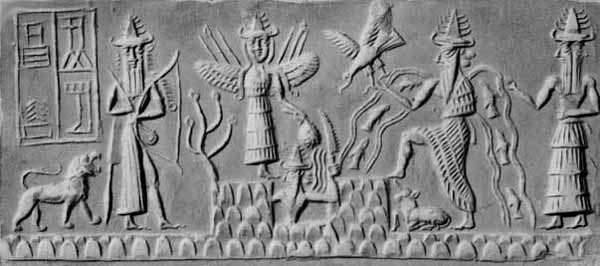
Enki walks out of the water to the land.
Enki Seeding the Tree of Life, Flower of Life
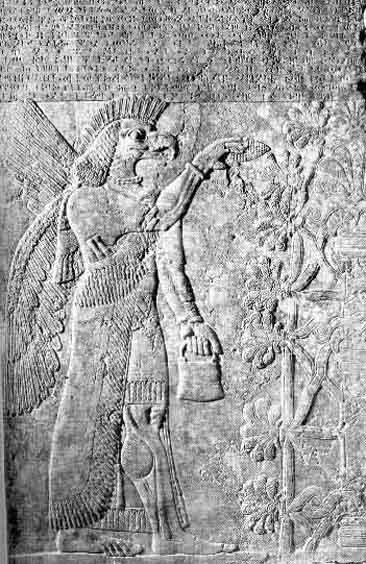
Creating bloodlines, Humans, Alchemy
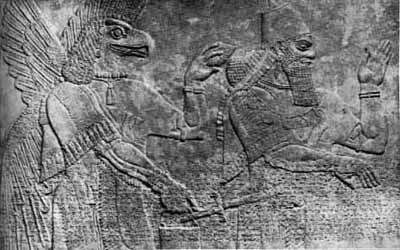
Thoth as .... Zoroaster (Zarathustra)
Male-female separation of Twin Soul Aspects
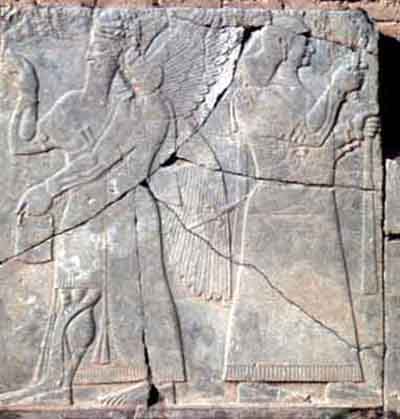
Above and Below Emerald Tablets of Thoth
Thoth as ...
Quetzalcoatl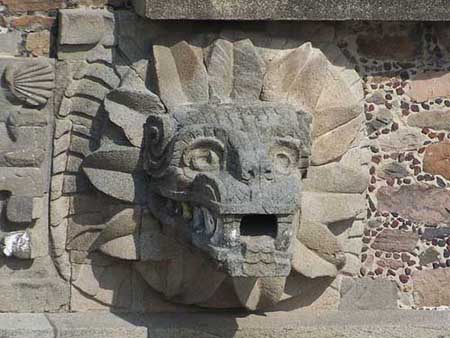
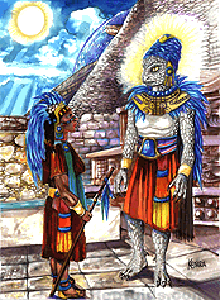
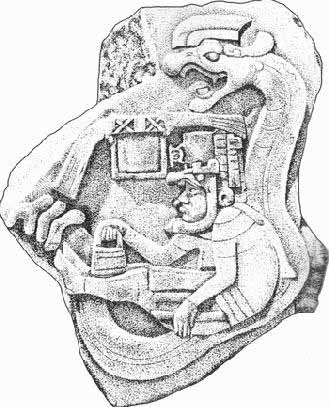
Viracocha the Feathered Serpent
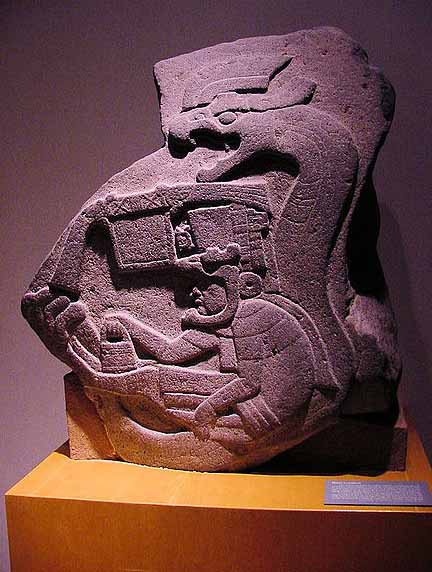
King Pakal of Palenque
The Feathered Serpent was a prominent supernatural entity or deity, found in many Mesoamerican religions. It was called Quetzalcoatl among the Aztecs, Kukulkan among the Yucatec Maya, and Q'uq'umatz and Tohil among the K'iche' Maya. The double symbolism used in its name is considered allegoric to the dual nature of the deity, where being feathered represents its divine nature or ability to fly to reach the skies and being a serpent represents its human nature or ability to creep on the ground among other animals of the Earth, a dualism very common in Mesoamerican deities.
The earliest representations of feathered serpents appear in the Olmec culture (circa 1400-400 BCE). Most surviving representations in Olmec art, such as Monument 19 at La Venta and a painting in the Juxtlahuaca cave (see below), show it as a crested rattlesnake, sometimes with feathers covering the body, and often in close proximity to humans. It is believed that Olmec supernatural entities such as the feathered serpent were the forerunners of many later Mesoamerican deities, although experts disagree on the feathered serpent's importance to the Olmec.
The pantheon of the people of Teotihuacan (200 BCE - 700 CE) also featured a feathered serpent, shown most prominently on the Temple of the Feathered Serpent (dated 150-200 CE). Several feathered serpent representations appear on the building, including full-body profiles and feathered serpent heads.
Buildings in Tula, the capital of the later Toltec (950-1150 CE), also featured profiles of feathered serpents.
The Aztec feathered serpent god Quetzalcoatl is known from several Aztec codices such as the Florentine codex, as well as from the records of the Spanish conquistadors. Quetzalcoatl was a bringer of knowledge, the inventor of books, and associated with the planet Venus.
The corresponding Mayan god Kukulkan was rare in the Classic era Maya civilization. However, in the Popol Vuh, the K'iche' feathered serpent god Tepeu Q'uq'umatz is the creator of the cosmos.
Along with the feathered serpent deity, several other serpent gods existed in the pantheon of Mesoamerican gods with similar traits.